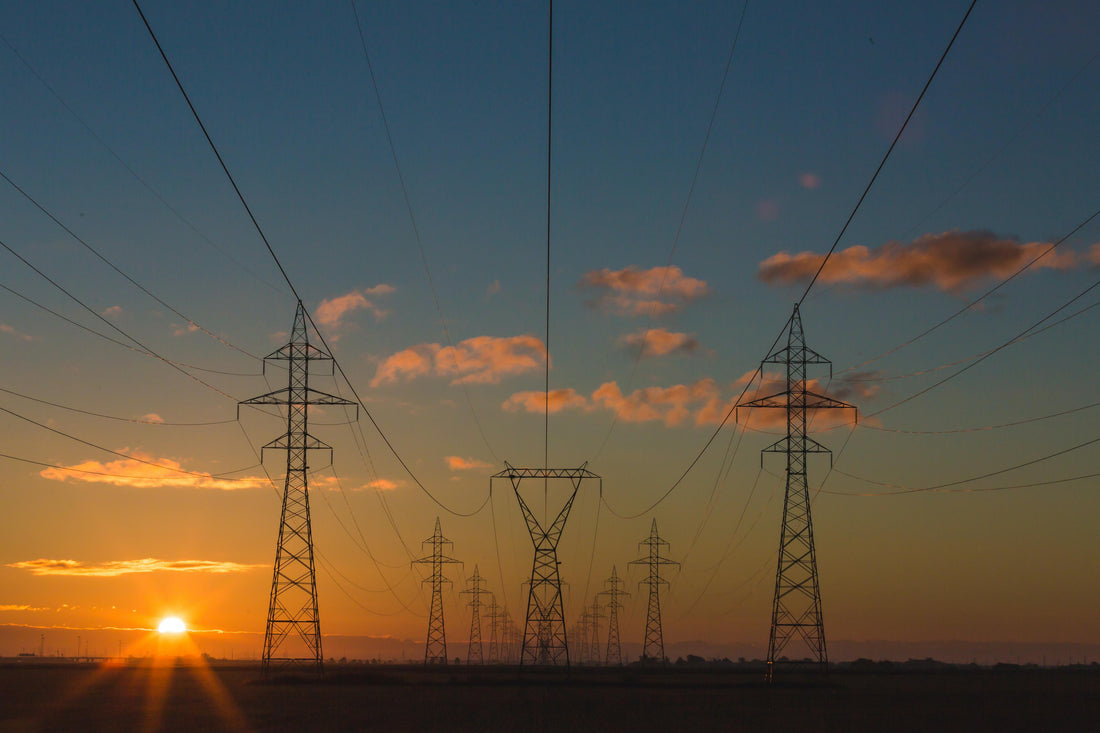
Waste to energy
Your salon probably disposes of a lot of stuff that cannot be recycled or composted. Examples include things like chemicals and personal protective equipment (PPE). It is likely that much of this ends up with the rest of your general waste but as you will see below this can put unnecessary pressure on British landfill sites.
It is incredibly important to make sure your salon waste does not end up in landfill. Read our article The problem with waste to learn why. Your business can help save precious resources by minimising the waste you produce in the first place. Read our article How to minimise waste in your salon.
When salons use GSC to dispose of their waste they can be assured that as much of it will be recycled or composted as possible. We do everything we can to make sure that each type of waste that salons produce can become ‘food’ for another process. Better examples of this are plastic waste becoming hair combs or hair clippings becoming hair booms. But the reality is that not everything can be degraded or dismantled or shredded or melted into new products. Some things simply cannot be separated into their component parts and then re-fabricated. In these cases, the materials become food for a whole other type of process: energy generation.
We provide designated bins for chemicals and for PPE. All of the material in these containers, as well as anything else we find in your other containers that cannot be recycled, will be used to generate electricity for the UK National Grid. We have partnered with a local business, First Mile, to ensure your salon’s non-recyclable waste is brought to a specialist facility that burns it to ash. The incineration process produces heat and electricity and the ash is used for aggregate and other building materials. Hazardous waste such as that containing chemicals is burned according to the Offensive Waste guidelines.
Nothing is sent to landfill.
The beauty about waste-to-energy incineration is that while helping to reduce the volume of trash we produce (i.e. the physical space), the process can also begin to pay for itself as the electricity it generates is sold. The drawbacks are that good, clean facilities are incredibly expensive to build, especially those that are effective at capturing the pollutants released in the process, and that it can actually encourage waste production (but that is a whole other article!).
This article was written for Green Salon Collective by MeetthefiveRs
- - -
References and further reading
First Mile’s article, Why is renewable energy so important?
Because Health’s article, Biodegradable vs compostable vs recyclable
The Department of Environment, Food and Rural Affairs’ Statistics on Waste
Let’sRecycle.com’s article, Waste to landfill in England jumps 4% in 2019
BBC News article, Is it safe to live on a former landfill site?
First Mile’s article, 22 facts about renewable energy
Cover photo by Matthew Henry on Unsplash


